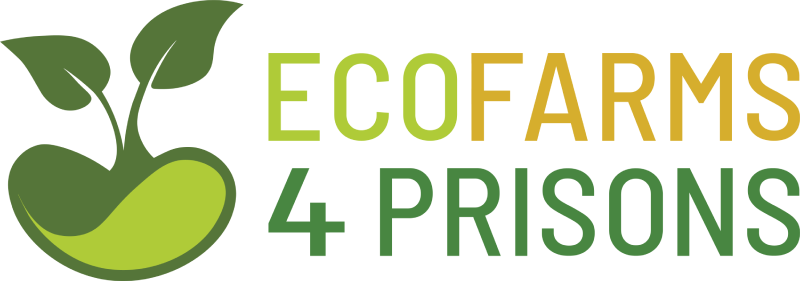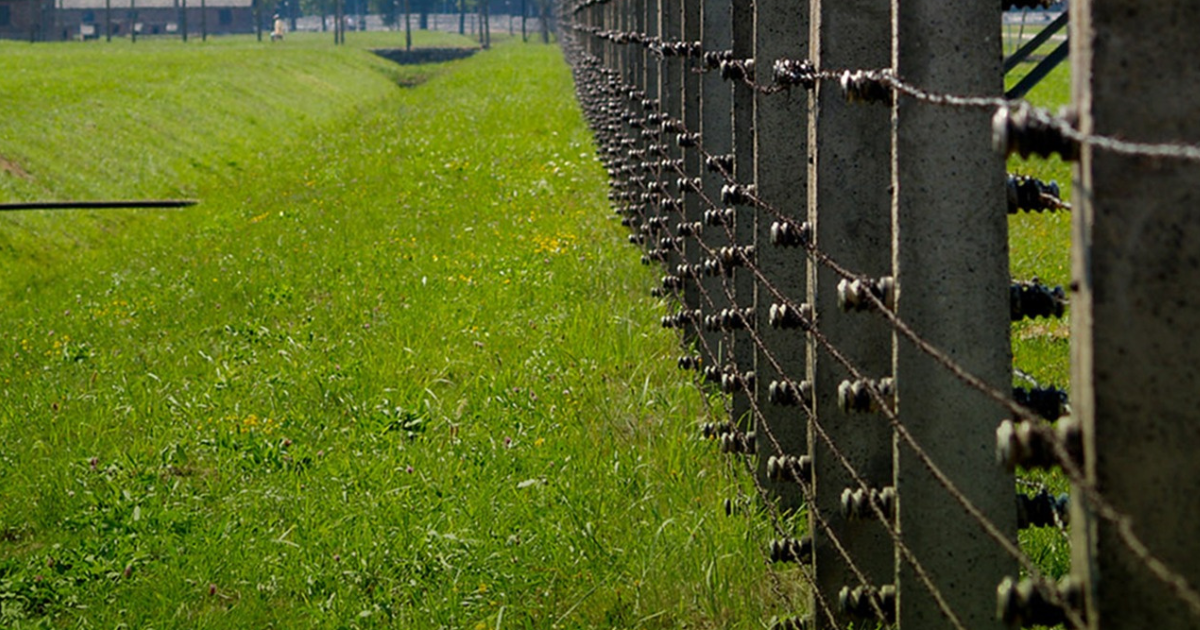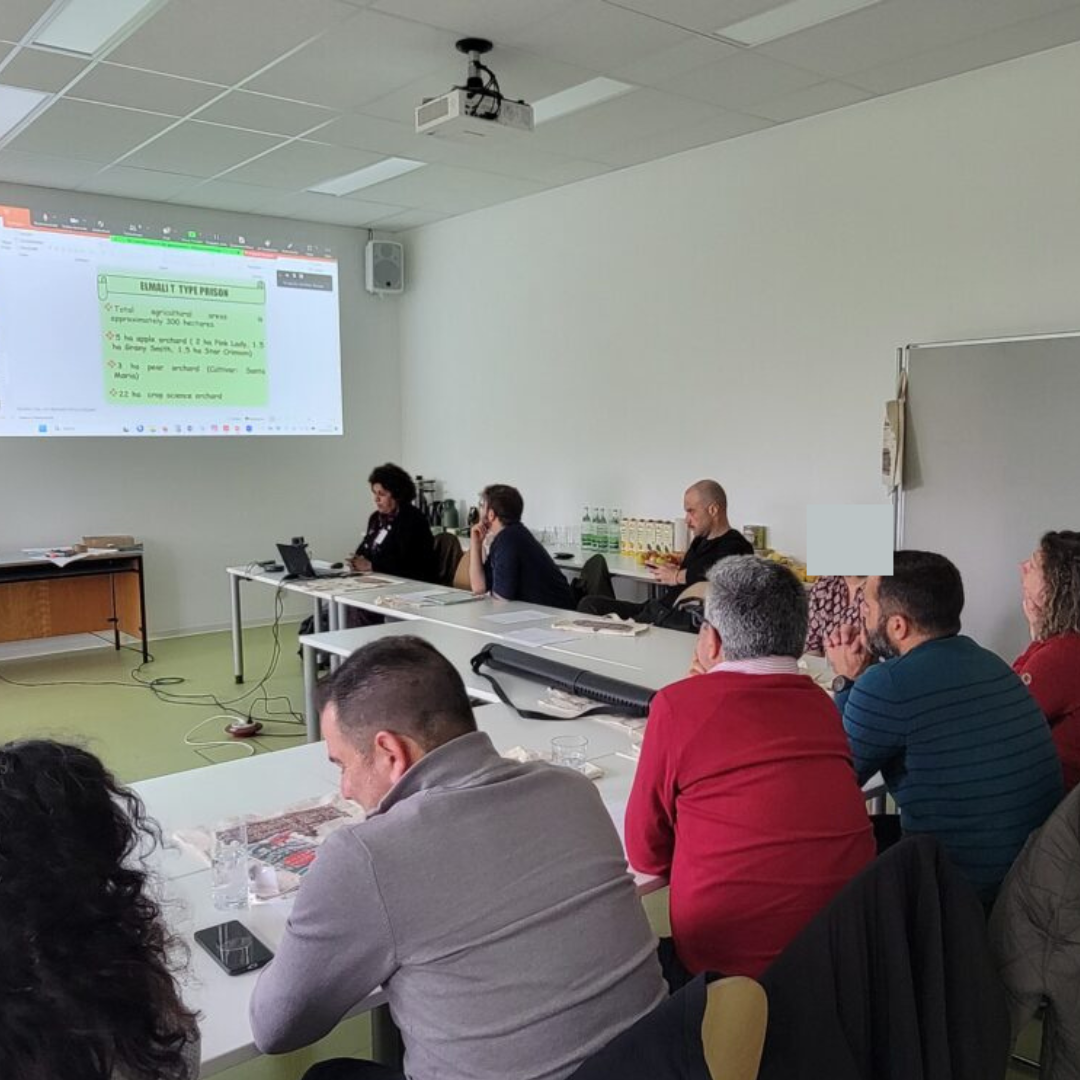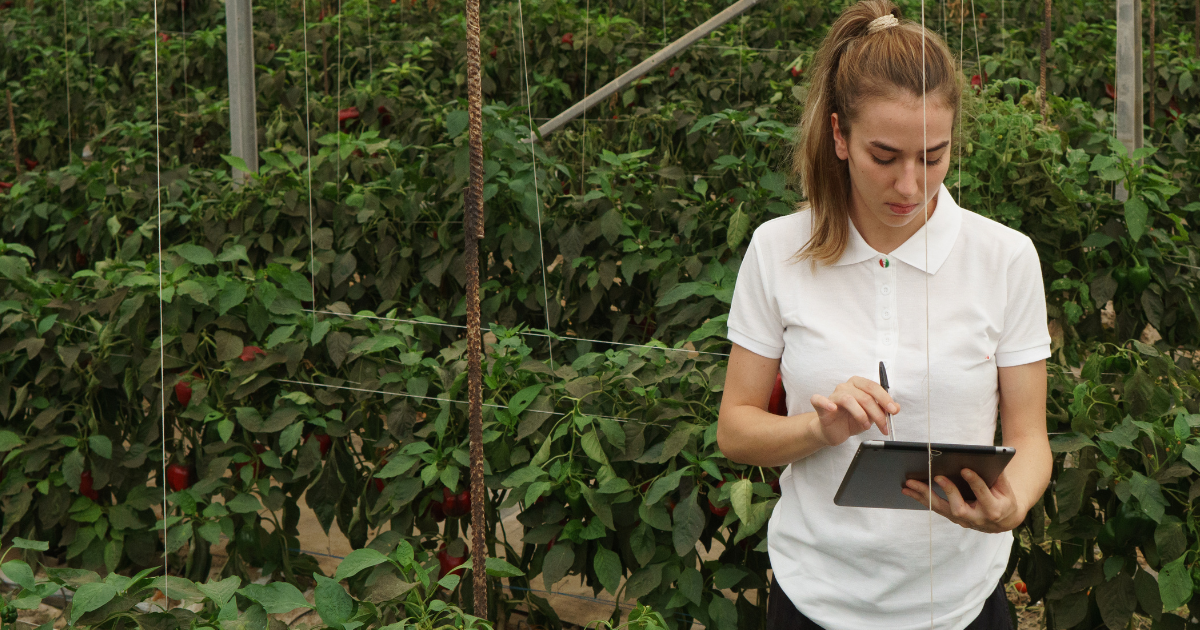Prison Farming Activities
What types of prisons exist in the country?
There are 3 types of penal institutions in Turkey;
- Closed Prison Execution Institutions
- Open penal institutions
- Child Education Institutions for children under the age of 18 who have been dragged into crime
- Closed Prison Execution Institutions
Such prisons are public institutional facilities, with internal and external security provided by staff. Capacity of closed penal institutions and are classified as “type” according to their architectural structure (Balı, 2021). There are 14 types of closed penal institutions in Turkey (A, B, C, D, E, F, H, K, L, M, R, S, T, Y)
A1: There are 4 wards and 2 cells. Each ward has a kitchen. Type A1 prisons have a capacity of 24 persons.
A2: There are 5 wards and 2 disciplinary cells. It has a capacity of 40 people. There is a conference hall and a library in the building.
A3: There are 6 wards and 2 disciplinary cells. It has a capacity of 60 people. There is a conference hall and a library in the building.
B: There are 7 wards and 2 disciplinary cells. It has a capacity of 62 people. Each ward has a ventilation garden.
C: There are 8 wards and 4 disciplinary cells. It has a capacity of 164 people. Type C prisons have a conference hall, library and kitchen.
D: It is planned as 11 blocks and 230 rooms. Rooms are for 1 or 3 persons. Type D prisons have 20 observation rooms, an infirmary with 10 beds, telephone switchboards, tailor, barber and kitchen.
E: There are rooms for 2, 4, 6, 8 and 10 people and has a capacity of 600 people. An 80-person observation ward, fully equipped and equipped kitchen, laundry, hammam, barber, masjid, conference rooms, cold storage and business workshops are available.
F: It is a high-security prison type that can meet all the needs of convicts and detainees. Rooms for 1 and 3 persons with a total capacity of 368 persons. Also, a hall for social and cultural activities. There is a large kitchen that can meet all the food needs of the penitentiary institution, a dishwashing room and cold storage rooms for the preservation and storage of food. There are closed visiting places, lawyer visitation places, a library with a large capacity, a barber, a canteen, and workshops for convicts and detainees to learn a profession.
H: It has a capacity of 500 people. The H-type prison has a dining hall, kitchen, cold storage, laundry and scullery, barbershop, indoor and outdoor visitor areas, conference hall and prayer room.
K1: There are 4 wards and 2 disciplinary cells with a capacity of 42 people. There are separate sections for women and children. library and conference rooms are available
K2: There are 6 wards and 2 disciplinary cells with a capacity of 60 people. There are separate sections for women and children. library and conference rooms are available
L: This type of penal institutions are adequately equipped buildings that can respond to the demands and ideas of convicts and detainees for improvement in health, education, housing and all kinds of social life. L-type prisons are designed as 61 rooms for 7 persons, 4 rooms for 3 persons and 40 rooms for 1 person. The L-type prison employs a dentist, a social worker, a doctor, a psychologist, a teacher, a clerk, a paramedic, a chief officer, a technician, a laundress, a patient care worker, a janitor and a heating staff.
M: Type M prisons are two-storey prisons established on the basis of the ward system with a capacity of 150 persons. These buildings were later converted from the ward system to the room system, thus creating rooms for four, six, eight and ten people. Each room has a ventilation garden. These types of prisons have a dining hall on the lower floors and dormitories on the upper floors. There are separate sections for women and children. The institution has a kitchen, conference room, scullery and laundry, private visiting area, prayer room, workshops, six cell rooms
R (Rehabilitation Center): R-type penal institutions are newly built penal institutions in Turkey. They are penal execution institutions built for the accommodation and treatment of convicts and detainees who cannot meet their own needs. There are a total of 3 R-type penal institutions in Turkey. Since there are convicts and detainees with more special conditions in these prisons, there are more psychologists, physiotherapists, health officers and nursing staff than in other prisons.
S: S-type prisons have higher security measures than F-type prisons. The rooms are for 1 or 3 people and have a capacity of 500 people.
T: T-type prisons are internationally recognized closed prisons restructured to replace old prisons in metropolitan areas or due to lack of capacity. They are designed to improve the health, education and housing of convicts and detainees in every way we can think of. are prisons where there are sufficient physical spaces. In addition to these, spaces have also been designed for cultural and sporting activities
Y: Y-type prisons are high security prisons where prisoners are housed in single rooms. Y-type prisons have a capacity of 300-400 people.
- Open penal institutions
There are 99 open prisons in Turkey. Open prisons are penal execution institutions for male, female and young convicts, where priority is given to employment and vocational training within the scope of the improvement of convicts, where there are no obstacles against escape and external security guards, under the supervision and supervision of institution officials in terms of security (Anonymous 2024 a).
- Child Education Institutions for children under the age of 18 who have been dragged into crime
Child education centers are located in a total of 4 provinces in Türkiye. Officially, this institution has a capacity of 150 to 250 people. There are infirmaries, conference and movie theaters, dining halls, dormitories, libraries, cold storages, sports fields, laundry, dishwashers and workshops. Children between the ages of twelve and eighteen are accommodated in children’s education centers.
What types of activities are carried out? / Which occupations are involved? (Anonymous, 2024b)
- Food Production Activities
- Milk and dairy products activitiesBakery products activitiesFood packaging activitiesIndustrial agriculture business sector activities
- Meat products
- Livestock Activities
- Bovine and ovine animal husbandryBuffalo farmingApicultureFree-range meat poultry farmingFree-range egg poultry farmingQuail breeding
- Slaughterhouse
- Agriculture Activities
- Greenhouse farmingFruit, vegetable and grain production activities
- Agricultural tools and equipment activities
- Electricity – Electronic Manufacturing Activities
- Furniture Production Activities
- Metal Products, Signage and Cardboard Cup Production Activities
- Textile Activities
- Souvenirs and Traditional Handicrafts
- Tile productionWooden souvenirs and wood carvingCopper processingSilver processingJet stone processingMarble processingMeerschaum processingGlass processing and decorationPainting studioCarpets and rugs processingArtificial flower design
- Social facility management
- Service industry
- Cafeteria, tearoom etc. activitiesRetail storeToner refilling workshops
- Detergent and cosmetics production workshops
- Education Activities
- Vocational training for convicts and prisoner’s studies
Are there scientific publications? There are no international scientific publications on these issues
How sustainable are the activities The sufficient number of inmates and detainees can be reached for above activities in the prisons. Therefore, the activities are sustainable.
References
Anonymous, 2024 a. https://cte.adalet.gov.tr/
Anonymous, 2024b. https://iydb.adalet.gov.tr/Home/BilgiDetay/6
Balı, Mehmet. Türkiye’de ceza infaz kurumları ve tipleri (1923-2018). MS thesis. Bursa Uludag University (Turkey), 2021.
